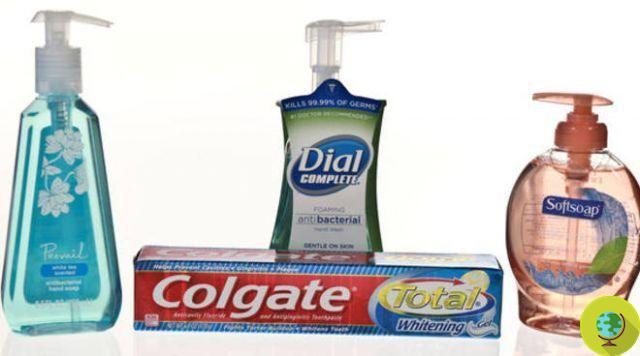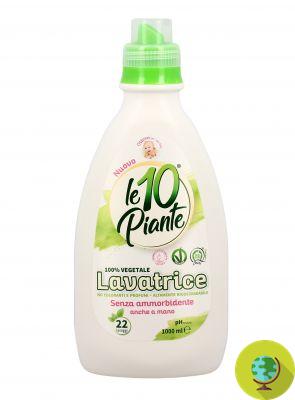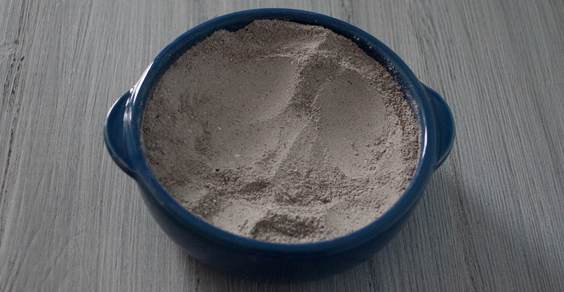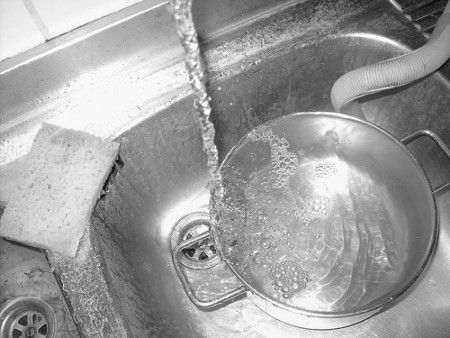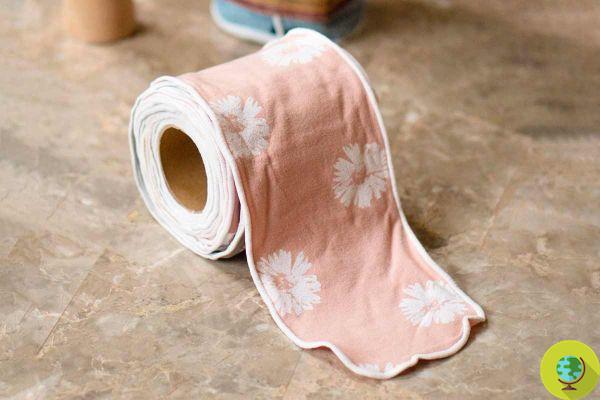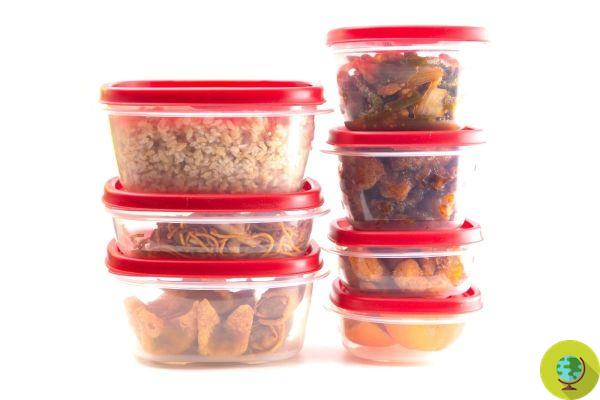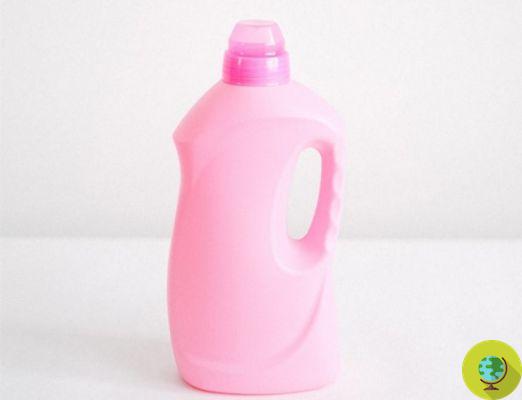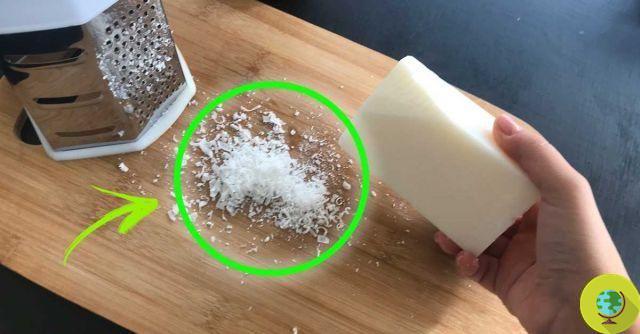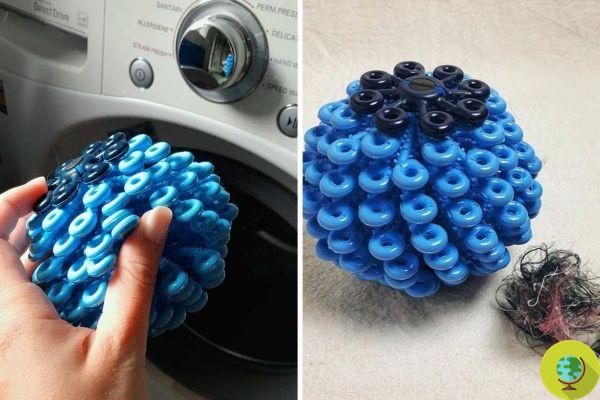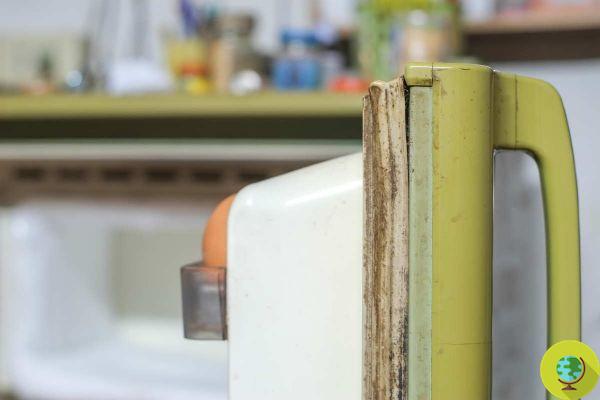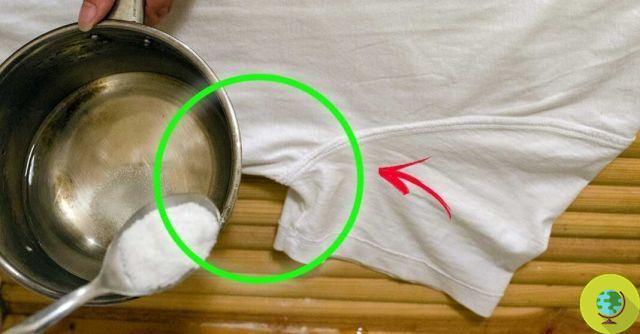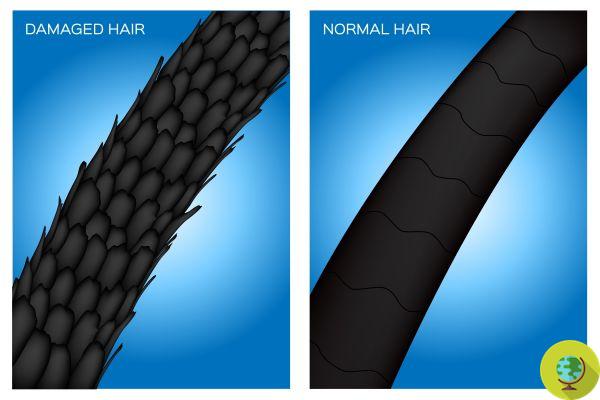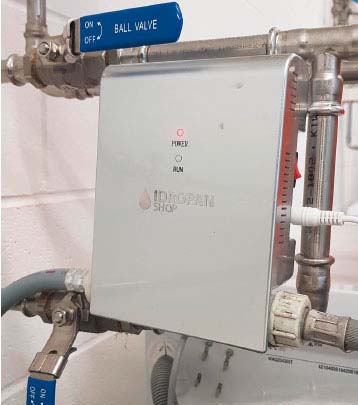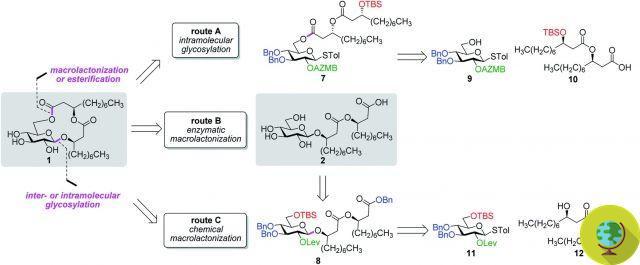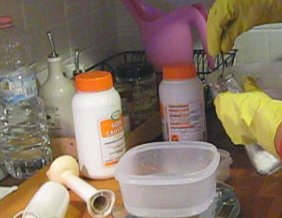The dryer is a major source of microfiber pollution in the air. Proof of this is a new study conducted in Hong Kong
He is about to end up run over, his mother saves himA new study finds that dryers release far more microplastic fibers into the atmosphere than washing machines
Those who use the dryer know how convenient this tool is, especially in certain seasons of the year. But what environmental impact does it have? A new study shows that this appliance is one of the main sources of microfiber pollution in the air, much more than washing machines (which according to other studies release 700 thousand microplastics in each cycle)
When we operate our dryer we don't think that, with just one load of clothes, we can release hundreds of thousands of microfibers into the air. Unfortunately, this is, in summary, the findings of a study coordinated by Professor Kenneth Leung of the State Key Laboratory of Marine Pollution (SKLMP) and the Department of Chemistry of the City University of Hong Kong, published in Environmental Science & Technology Letters.
Scientists measured the fibers released into the air by a household dryer - fibers that can come from natural fabrics such as cotton or synthetics such as polyester. The latter, in particular, is an example of microplastic pollution and previous research has focused on understanding how the use of washing machines can contribute to polluting the oceans. The microfibres, in fact, detach during washing and enter the wastewater systems, finally reaching the sea. Read also: Microplastics from washing machines: the synthetic fabrics you wear pollute the oceans (but something is changing)
The new research, however, has focused on drying. As the authors concluded:
The results suggest that dryers are a potential source of air contamination by microfibers, releasing 433.128-561.810 microfibers during 15 minutes of use.
To make this claim, the researchers dried polyester and cotton garments separately in a tumble dryer equipped with an outward vent hose. While the machine ran for 15 minutes, they collected and counted the airborne particles that came out of the vent. The results showed that both types of clothing produced microfibers, which are believed to result from the friction of the clothes rubbing together as they turn inside the appliance.
Overall, the researchers estimated that an average household dryer releases between 90 and 120 million microfibers into the air every year!
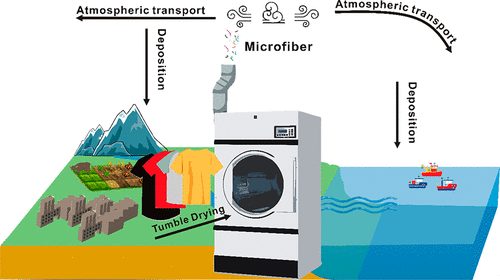
@Environmental Science & Technology Letters
However, there was a difference between cotton and polyester microfibers: the higher the load, the more polyester fibers were released. But the size of the load did not have the same effect for cotton clothing. The researchers speculated that this was due to the fact that cotton microfibers tend to accumulate, which means they don't get into the air that easily. Of course, cotton microfibers are also less of an environmental concern because they can "decompose relatively quickly," as Professor Leung told The Guardian.
To minimize the release of these microfibers into the air, an appropriate engineered filtration system needs to be developed and adopted as an effective control measure for individual household dryers, the study authors said.
Using 3D printing, Leung and his team have designed simple filters that prevent microplastics from leaking from washing machines and are designing a similar system for dryers as well.
The problem, however, is that it is still not clear where these microplastics would end up once the filters were cleaned.
If people put these [fibers] in the bin, some of the fibers will be released into the air. We suggest that the particles should be collected in a bag.
On the other hand, however, the researchers stressed that the clothing industry should also play its part, working to develop more sustainable fabrics.
Follow your Telegram | Instagram | Facebook | TikTok | Youtube
Fonte: Science Direct, Environmental Science & Technology Letters / The Guardian
Read also:
- Do washing machine devices that capture microplastics really work?
- Filters to stop microplastics in the washing machine. Mandatory from 2023, but only in France
- What you can do right away to reduce the microplastics in the laundry discharged from the washing machine




